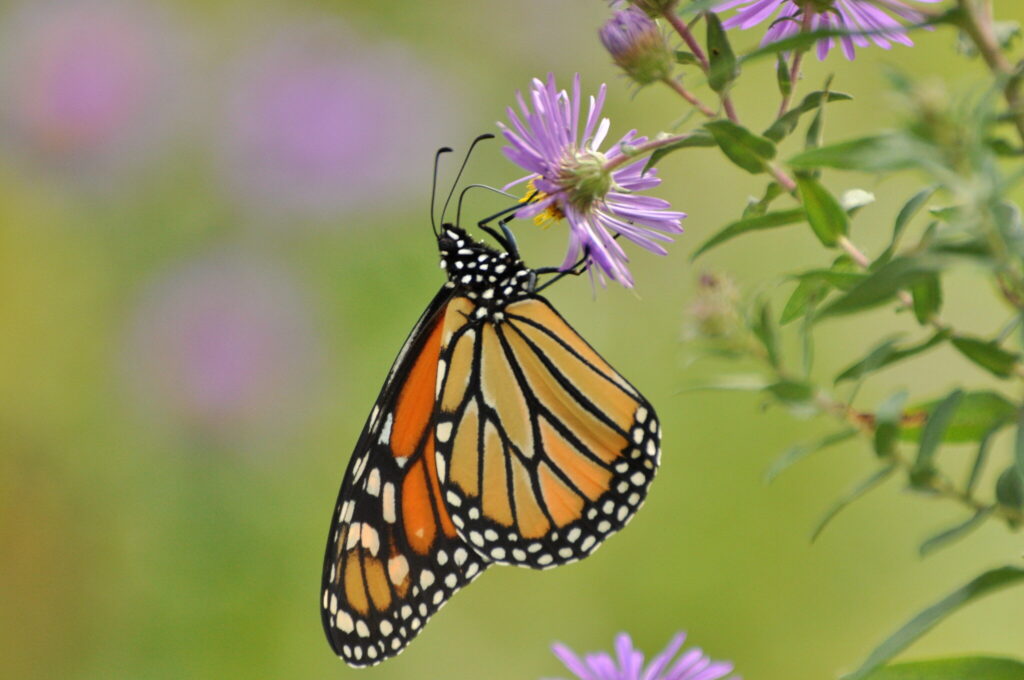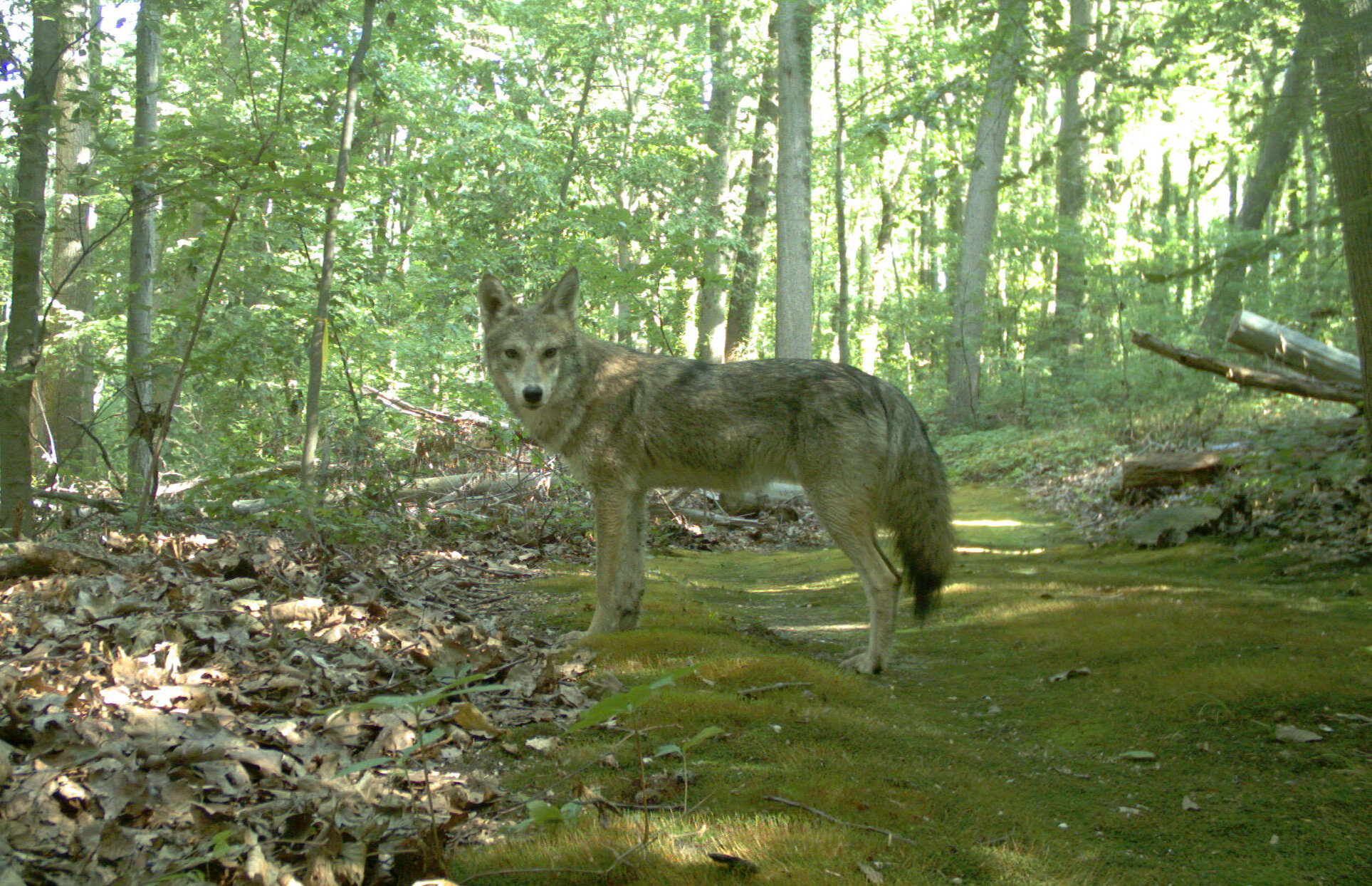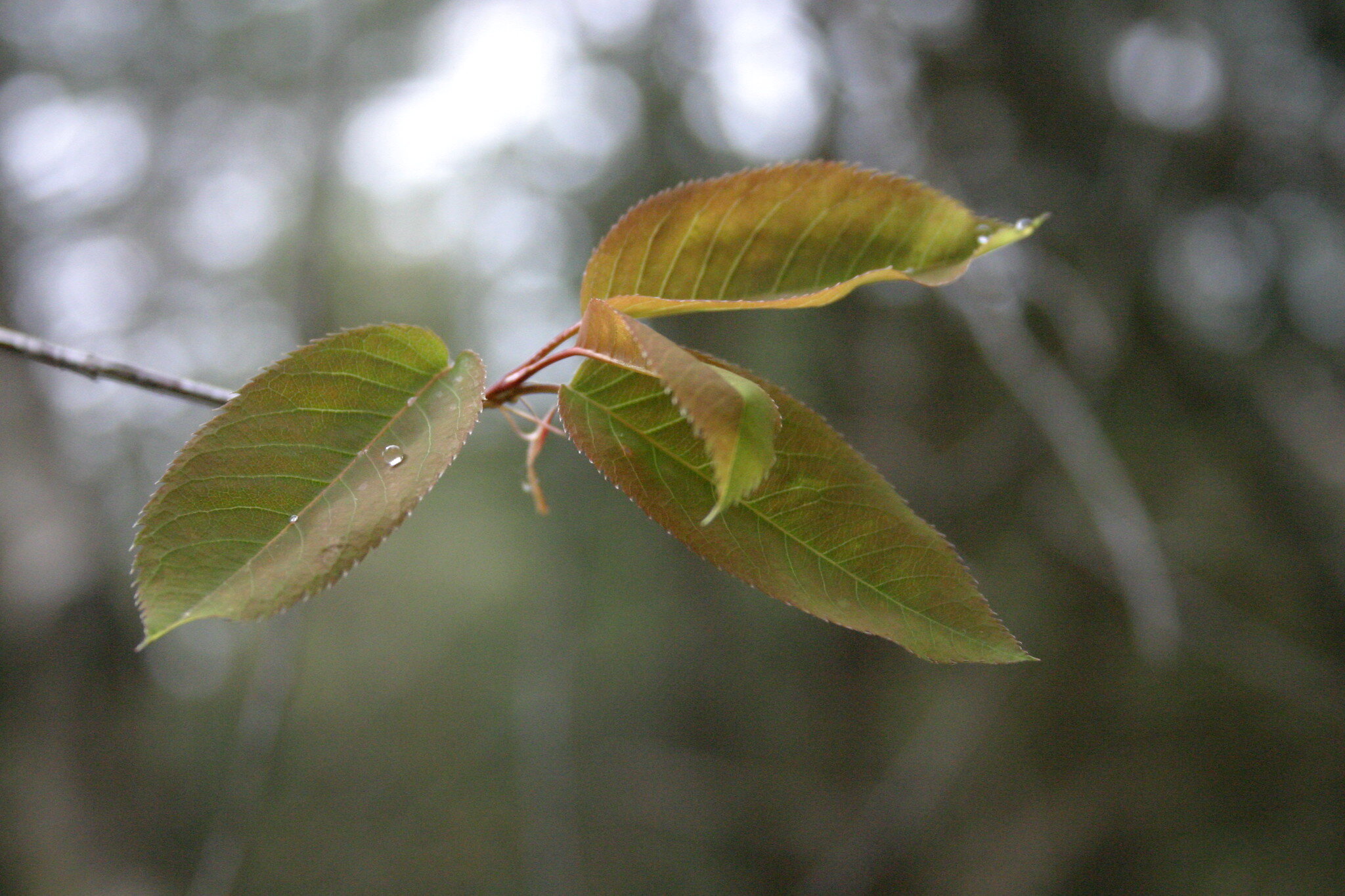By Sue Avery
Four years ago, with the Seatuck Environmental Association, I installed a garden of native plants with elementary school students at the Meadow School in Baldwin. The plot chosen for this project was a scorched strip of lawn beside a vine–covered fence at a back entrance to the school. Over the years the garden has flourished into a fully-grown native meadow of sorts, fecund with seed or profuse with flowers in all seasons. It has survived the ravages of mowers and blowers in part because of its back-of-the lot location and owing to regular visits by Seatuck to maintain the garden with the students and its use as an educational tool.
On a November day when we visit, the garden appears disheveled with seeds and weeds, but defiant as ever with flowering late season asters. Five different classes of masked and socially distanced children turn up on schedule to be versed in the importance of preserving native plants and pollinators and on the need to reverse the decline of insects. We are to rescue the plants from encroaching English ivy and porcelain berry. As we set to work teachers coax the timid to get their hands in the soil and soon there are whoops of delight at the discovery of pill bugs and snails.

Someone spots a Monarch butterfly feeding on New England aster. We watch the magnificent creature as it probes the yellow centers of purple blue daisies for nectar. It is a perfect specimen, wings immaculate, colors vibrant in the sunshine. Perhaps it is newly hatched, so late in the season to be fueling up for its long journey to southern climes. But migrate it will and it must to perpetuate its species. I point out the significance of this school garden. The one and only patch of pollen and nectar to be found on the school campus.
The butterfly stays with us sipping sweet sustenance for two hours while four more classes of children weed and wonder. I see glimmers of joy in masked faces as the kids excitedly point it out. Shadows lengthen across the flowers just as the last class packs up to catch the bus home. The creature flutters away, up and over the school building towards the ocean. I send it on its way with a sense of hope that it would travel far.
Many of us find solace during the pandemic by connecting with nature. I am reminded of a poem by Emily Dickinson. “Hope is the Thing with Feathers” is a metaphor for hope. A feathered bird rests in all human souls. It is ready to sing as a sign of hope that is sweetest in troubling times. We had a dose of hope that day. It came in the wings of a butterfly that persists despite the many odds that are against it. Hope is found in gardens that invoke a sense of wonder in us all and most importantly for school children, the future stewards of our land.
Wings of Hope



